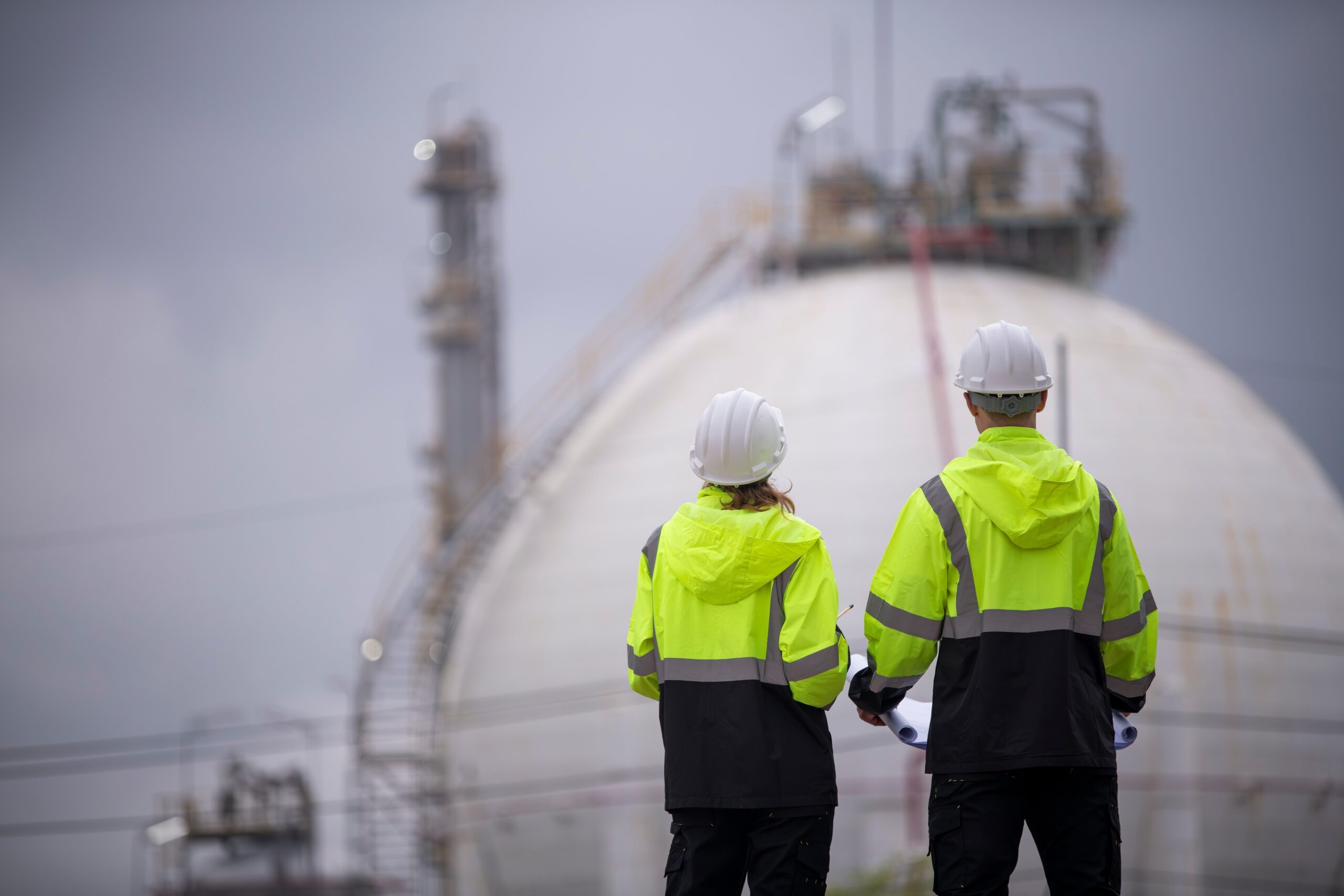In today’s energy and industrial markets, project success hinges not only on smart planning and engineering but on the strength of what happens in the field. Field execution determines outcomes. That’s why embedding a capable, connected site team is a competitive advantage.
Site teams that are aligned with project objectives, deeply integrated with design efforts, and empowered to make decisions in real time can drastically reduce risk, improve safety, and keep work on schedule. They become an extension of the owner’s project vision, safeguarding both technical integrity and delivery.
Why Site Team Support Matters
Owners and operators are under increasing pressure to manage risk, deliver on aggressive schedules, and close skill gaps in the field. When complexity rises and the stakes are high, having the right people embedded on site—who fully understand the project’s scope and objectives—can be the difference between success and costly setbacks.
Effective site team support enhances:
- Communication between design, engineering, and field execution
- Agility in responding to evolving site conditions
- Control over safety, quality, and contractor performance
- Continuity from early planning to final commissioning
It’s not about placing bodies in the field. It’s about deploying knowledgeable leaders who bring ownership, clarity, and alignment to day-to-day operations.
What Effective Site Support Looks Like
Strong site support is proactive, not reactive. It integrates with the full project lifecycle and is tailored to the unique demands of the work. A capable site team is embedded early, scales appropriately, and remains aligned with the owner’s core goals throughout.
Some hallmarks of effective site support include:
- Integrated presence on site, not just periodic visits
- Direct accountability to project performance metrics
- Close collaboration with engineering and project leadership
- Strong situational awareness and problem-solving capabilities
When these traits are in place, the site team becomes a strategic asset—delivering insight and control at the point where projects are most vulnerable.
The Role of the Site Manager
A strong site manager acts as a bridge between planning and execution, ensuring that what was designed on paper translates effectively into field performance. They maintain alignment between the owner, contractors, and engineering teams while driving progress with a focus on safety and quality.
A high-performing site manager:
- Leads with a safety-first mindset
- An excellent communicator
- Coordinates field activity with the overall execution strategy
- Manages contractors, inspectors, and field engineers
- Manages project budgets and identify opportunities for cost savings
- Identifies potential risks and prevents schedule-impacting issues
- Facilitates collaboration and clear communication across all stakeholders
With the right leadership in place, site managers become a force multiplier for the entire project team.
Lifecycle Support and Workforce Continuity
Strong site team support doesn’t start when construction begins—and it doesn’t end when the last bolt is tightened. From front-end planning and constructability reviews to startup and commissioning, field teams should support every phase.
Lifecycle support provides:
- Fewer delays and less rework, thanks to early involvement
- Faster decision-making, through real-time field and engineering collaboration
- Greater consistency, as the same personnel support multiple phases
For long-term programs or portfolio-wide improvements, continuity is especially critical. That’s why strong site support includes:
- Safe, qualified labor pools with experience in the facility type and standards
- Clear handoff planning between project phases and personnel
- Retained institutional knowledge, bridging capital projects and operations
These factors reduce ramp-up time and improve outcomes across the board.
Scalable Collaboration and Technical Depth
For projects that require specialized expertise or additional capacity during peak execution, a scalable model is essential. Effective site support means being able to grow the team while maintaining the same high standards of performance and safety.
In some models, this is accomplished through partnerships with trusted technical staffing or inspection firms. These relationships ensure:
- Quality remains consistent even when headcount increases
- Field needs are met quickly, avoiding delays due to workforce shortages
- Specialized skills are available on demand, without sacrificing oversight
When site teams are supported by strong partnerships, owners gain confidence that even the most complex challenges will be met with competence.
Continuous Improvement and Field Innovation
Site teams don’t just execute the work—they refine how it’s done. Embedded field teams have a unique vantage point to propose new solutions, while having a close tie to facility operations. Supporting this mindset of continuous improvement creates lasting value.
Modern site teams use tools such as:
- 3D scanning and digital twin technology to validate field conditions
- Streamlined reporting platforms to improve transparency
- Real-time collaboration tools to align field and engineering workflows
These innovations support a feedback loop between planning and execution—and help drive safer, more productive outcomes.
Conclusion
In today’s industrial and energy sectors, field execution is where projects succeed or fail. Owners and operators are resource constrained; therefore, those who invest in capable, empowered site teams gain not only control over day-to-day activity but a strategic advantage that improves every project outcome.
It’s about elevating the project with insight, continuity, and leadership right where it matters most: in the field.

